Combining Micro-Renewables
So, you’ve decided to incorporate some micro-renewable technology in to your new build, or retrofit it to your existing property. But it’s no good just bolting it on to an existing heating and plumbing system designed for a gas- or oil-fired boiler, without checking its compatibility. The flow temperatures from heat pumps, for example, are much lower than those from conventional heating systems, so more suited to providing a constant trickle of heat, unlike the higher temperature flows of a conventional system which maintains the house’s heat by stopping and starting. Keith Westcott, technical director for Ice Energy Floor Heating, sums up the issue: “It’s all about flow temperature. The less heating surface area you have, the higher the flow temperature you need.”
Underfloor heating (UHF) is usually cited as the only real option for use with renewable heating, as it maximises surface area and reduces flow temperatures. Also, with each reduction of 1°C in flow temperature the heat pump is between 2 and 3 per cent more efficient. However, since so many conventional radiators are initially oversized – to cope with raising the property up to temperature twice a day – there may be no need to replace them. (For more on radiators, see below). With existing underfloor heating, a well-designed system may well accommodate a change of heat source, although any mixing valves previously installed to lower the flow temperature from the conventional boiler would need to be removed.
Below the surface
One of the main governing factors of the efficiency of UFH can be the resistance of the floor finish. Basically, the harder the better, since harder surfaces are better at conducting heat. Stone and tiles are great heat conductors, but wooden floors are still suitable with the correct floor heating system. Generally, the thicker the wooden floor, the higher the flow temperature required. Try not to exceed 25mmthickness, including ply underlay.
If you are using solid timber, make sure that you tell your supplier it will be used over UFH, as the timber will have to be specially kiln-dried to a moisture content of 6 to 8 per cent (normally, boards are kiln dried to 9 to 12 per cent). Some suppliers therefore suggest that oak, for example, can be used over underfloor heating as long as it’s loose laid (spread across the floor without fixing) for six to eight weeks before fitting.
Under control
Another factor to bring into consideration is the type of controls you use for the UFH. Normal thermostats used with conventional heating systems are too crude for the delicate workings of heat pumps. As Keith Westcott points out: “Heat pumps need sophisticated controls – called weather-compensated temperature controls – which measure the difference between the internal and external temperature to work out the amount of heat being lost and set the flow temperature accordingly. Over-riding these with individual thermostats will disrupt the optimum operation of the units.”
The radiator myth
In situations where wet UFH might be difficult to install, such as older properties or upstairs on a timber suspended floors, radiators can in fact work very well with some heat pumps. This is where it gets complicated, as different manufacturers make completely different claims, but in general, the more advanced the system, the higher the temperature and efficiency, and the more suitable for radiators.
So, to dispel one of the great heat pump myths, radiators will indeed work with weather-compensated heat pumps, such as those from Bosch-owned IVT. The radiators need to be slightly oversized, by about 30 per cent, to give a greater surface area and will run at between 30°C and 45°C, slightly cooler than gas or oil boilers, but safer for vulnerable groups and children.
Radiators are only about 3 per cent less efficient than underfloor heating, but with an advanced heat pump giving a COP of 4 (or 400 per cent efficiency), this is still a good compromise for older properties.
Can micro-renewables be combined?
Bivalent: If you cannot install a big enough heat pump for your heating and hot water needs, you could also opt for a bivalent system – combining a smaller pump with another heat source. The heat pump does what it can and a conventional boiler backs it up. However, it is a complex solution – get outside advice on how suitable it is for your specific situation.
Heat pumps and solar: Think about installing a solar thermal panel system with your ground-source or air-source heat pump. The solar system provides hot water so that during summer, when central heating isn’t really needed, it provides nearly all the hot water a house needs. Furthermore, you will save on the electricity necessary to run the heat pump, and since you’ll be using it less, you can expect a longer service life and increased system efficiency.
Some systems allow the heat pump to operate during occupancy hours to keep a thermal store at 55°C, but will hold off if the solar panels have heated the store above this.
This thermal store – effectively a hot water tank – can act both as a buffer and a store for the output from roof-mounted solar panels. Domestic hot water can come from a coil inside the thermal store, which at the same time transfers heat from the solar panels into the heating system. Remember that solar thermal systems are not usually compatible with standard combi boilers, as they need a hot water storage tank.
PV and heat pumps: If you want to further reduce your home’s CO2 emissions, why not install a solar photovoltaic (PV) or some other form of renewable electricity generating system to power the compressor and pump? You’ll need one with an inverter start up, as these require less voltage. PV couldn’t cope with the surge required otherwise.
Case study: The Dixons’ eco refurbRussell and Sally Dixon have employed a clever mix of renewable technologies with an upgrade of the fabric of their 1950s property to create an eco-friendly home with low running costs. The couple’s project (pictured above) included 250mm of new loft insulation and fitting polystyrene bead insulation in the cavity walls. To minimise energy bills, they invested in a hybrid heating system from Worcester, Bosch group, comprising:
They have also installed a 4kW array of Romag solar electric panels, fitted by Natural Energy Technologies. The setup qualified for one of the early high-value Feed In Tariffs, so the couple received around £1,700 per annum in cashback. “In the first year, the solar electric panels generated 3,600kWh of energy,” says Russell. “This more than cancels out our fuel bills, which were already £200 lower thanks to the hybrid heating system!” |
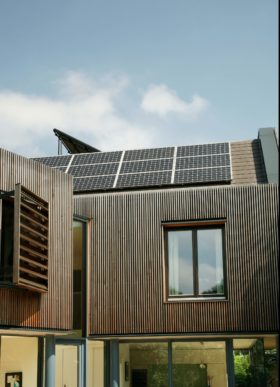
















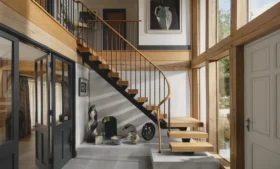













































































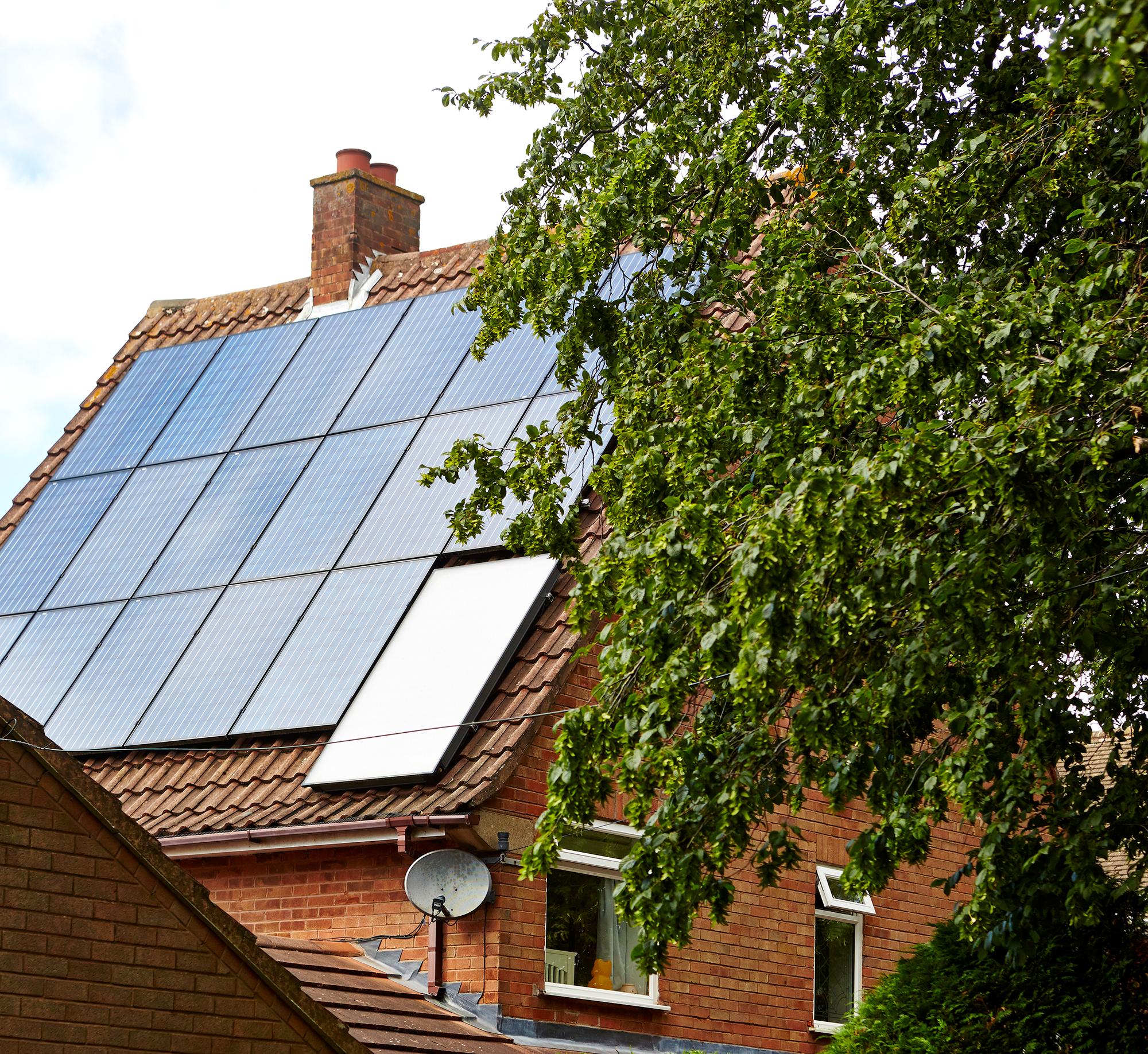
 Login/register to save Article for later
Login/register to save Article for later

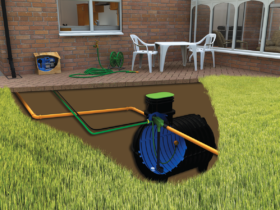
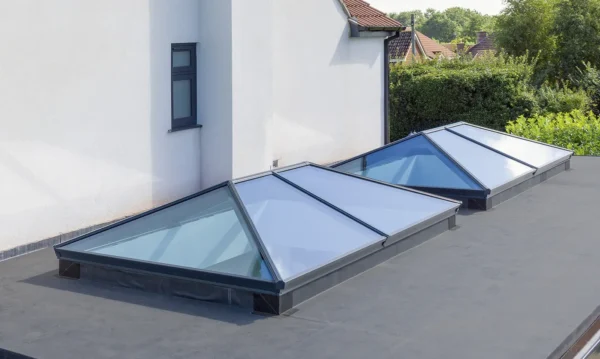
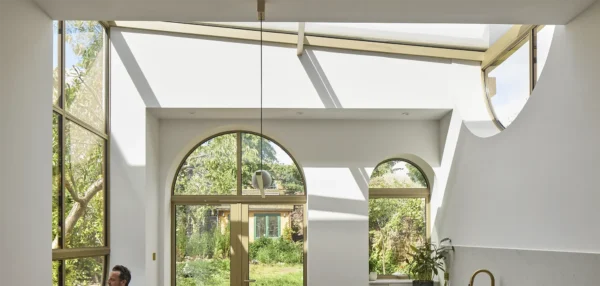
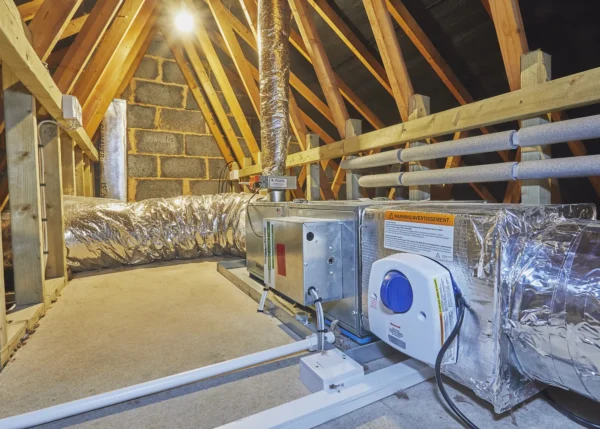
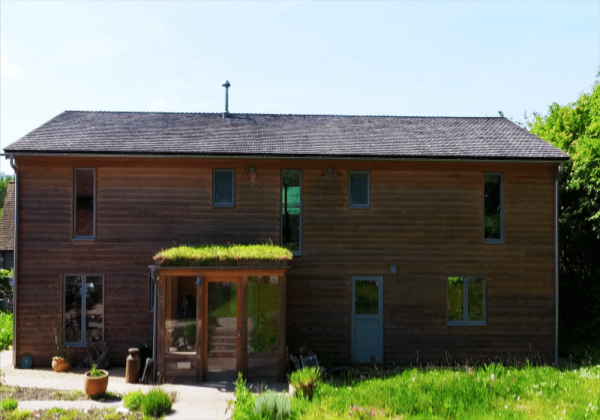
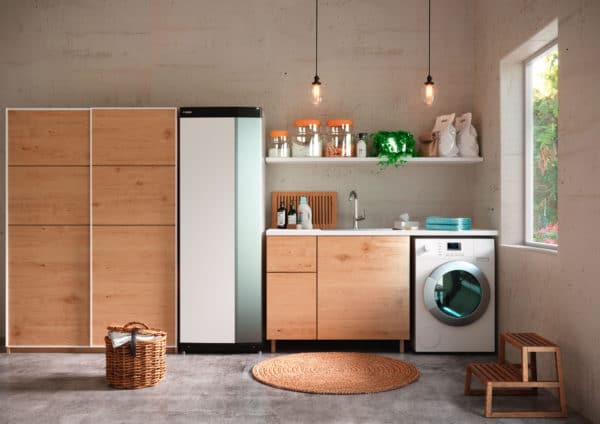
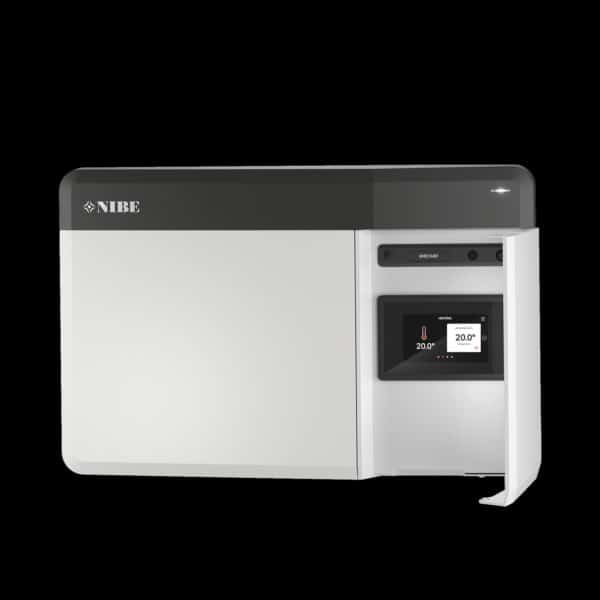
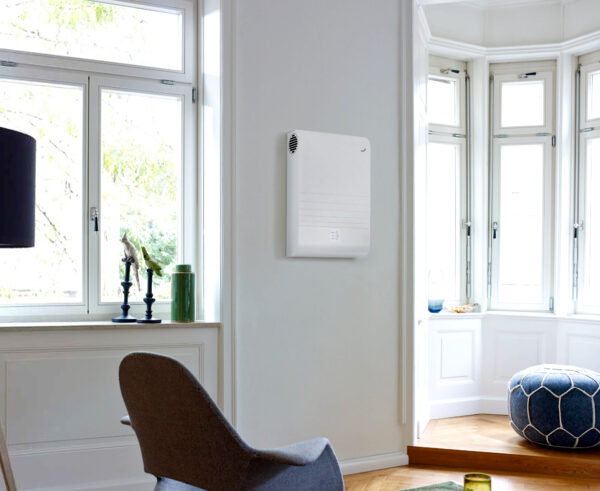




Comments are closed.